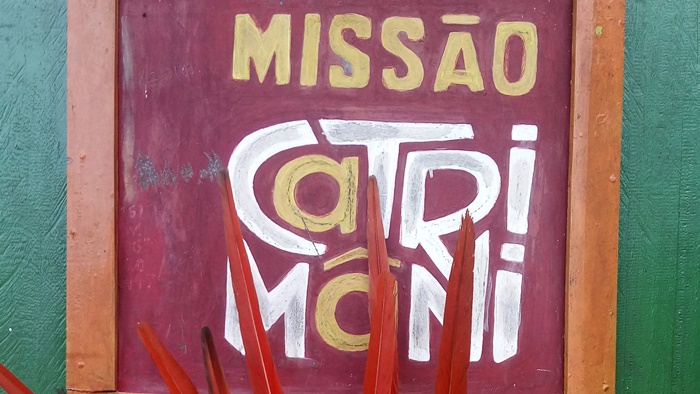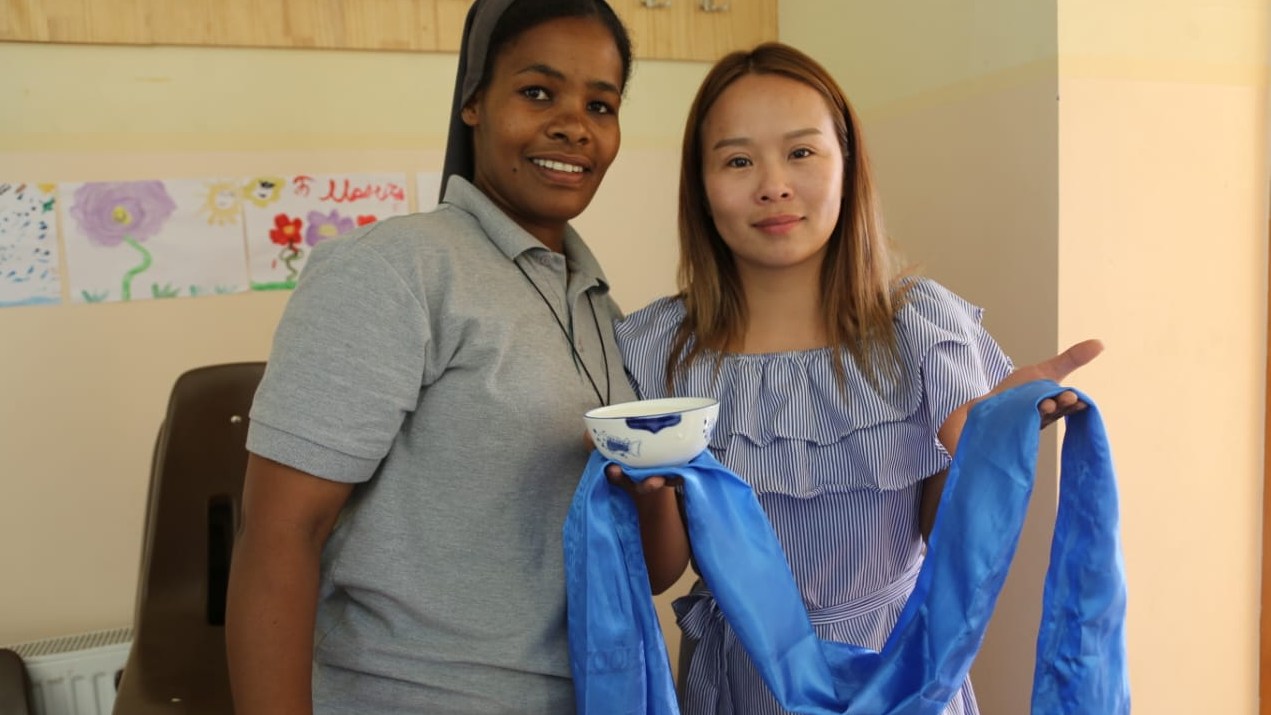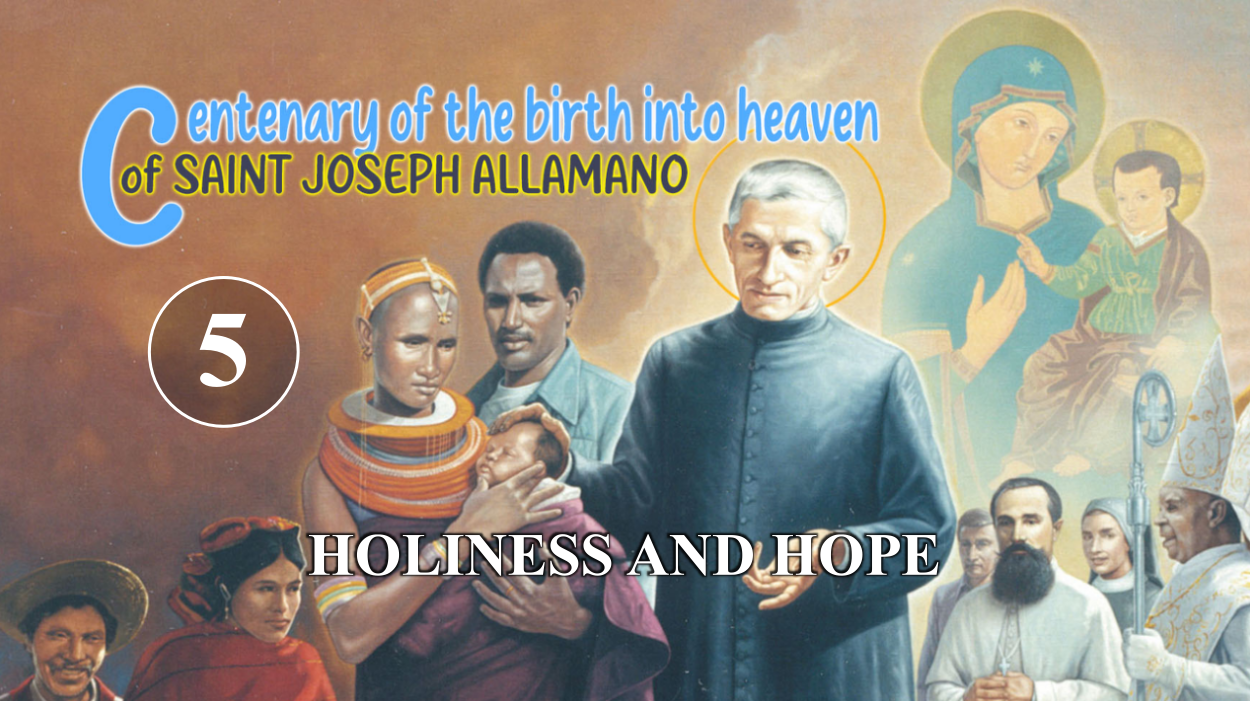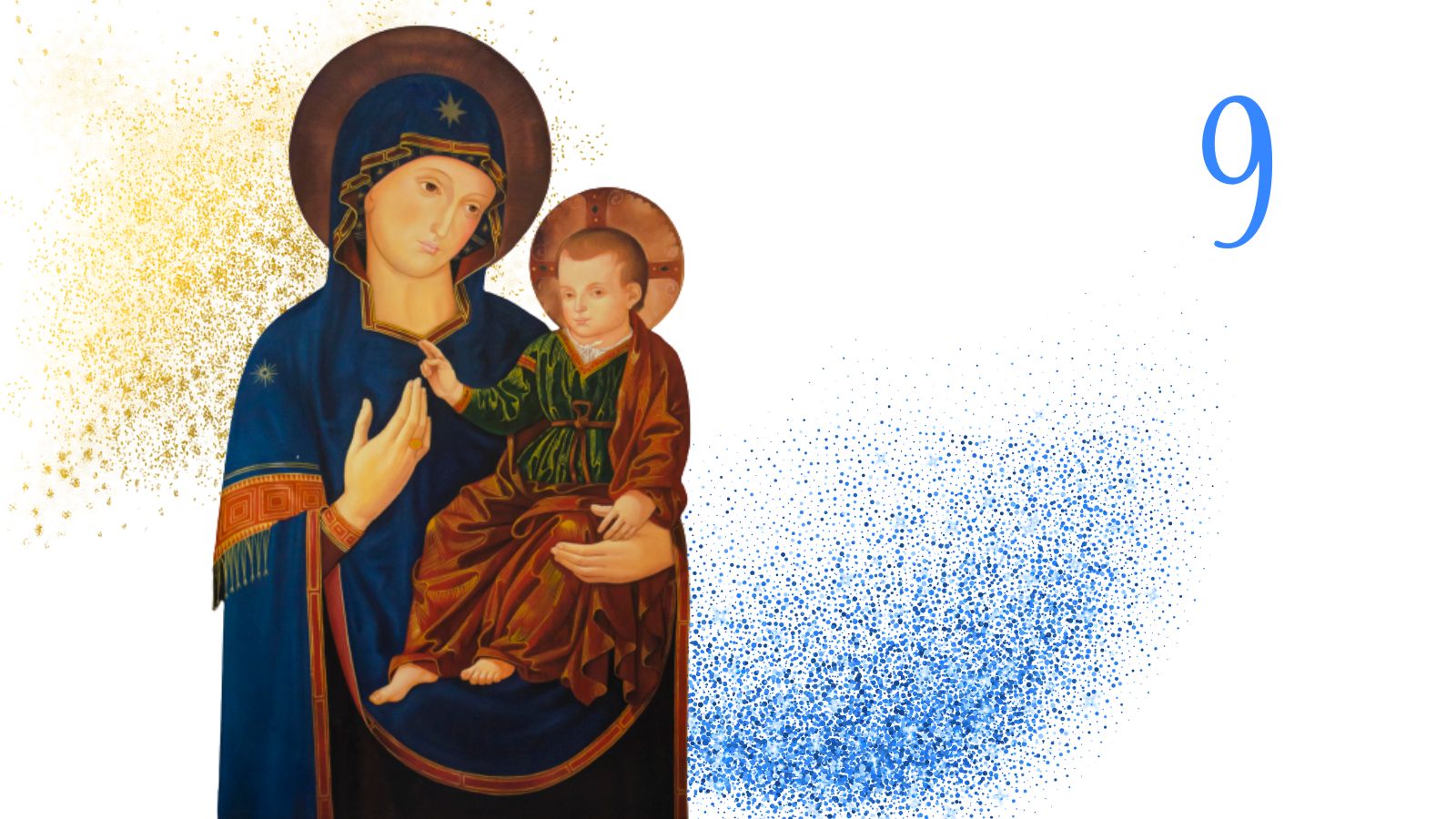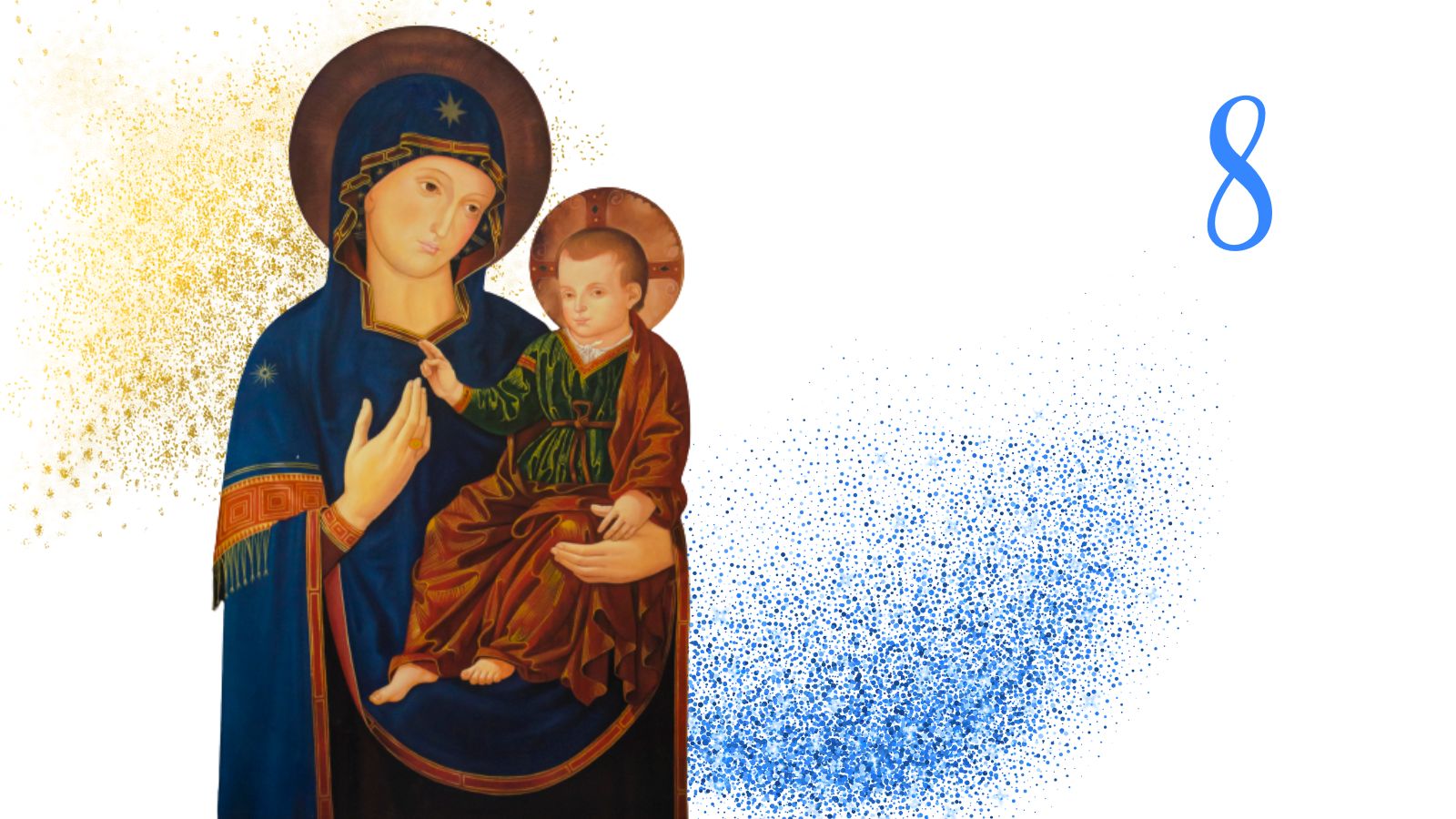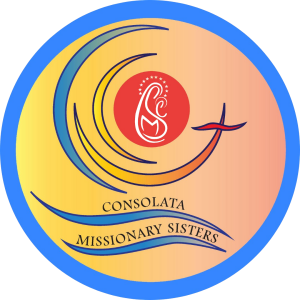The miracle concerns the healing of Sorino Yanomami, who was attacked and seriously injured by a jaguar, in the Brazilian Amazon forest, on 7 February 1996. Sorino recovered his health completely thanks to the intercession of Blessed Joseph Allamano.
DESCRIPTION OF THE EVENT
Sorino Yanomami belongs to the Yanomami indigenous ethnic group, born in the community of Maimasik (Roraima-Brazil), presumably in 1955 (day and month are not recorded). Resident in the community of Yaropi (in the region of the middle course of the Catrimani river), he is married to Helena Yanomami, but have no children. The environment in which his community is located is the immense Amazon forest, from which, like the other members of his people, he can obtain what is essential for living, through gathering, hunting, fishing and cultivating large vegetable gardens.
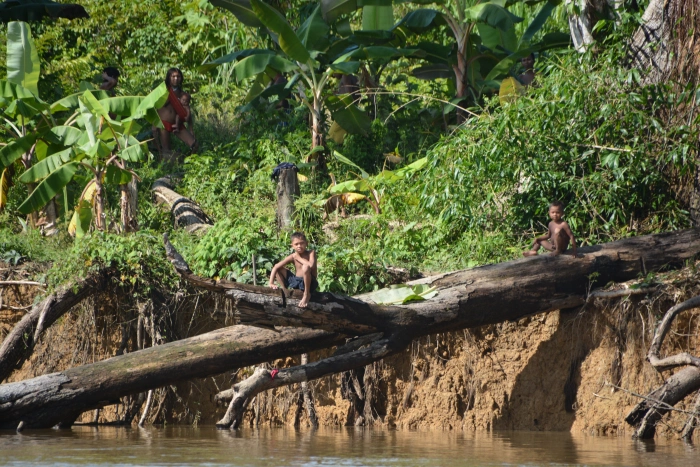
His maloca (indigenous home, in the Tupi language, term that has entered the Brazilian Portuguese vocabulary) is, even now, situated near the “Consolata missionary community”, present there since 1965 and made up of religious men (fathers and coadjutor brothers) and missionaries sisters.
The superior at the time, Guglielmo Damioli, remembers Sorino as follows:
«Over the years, already married, with his family group, Sorino had come to build his maloca at the beginning of the mission’s landing strip. He appeared frequently at the mission, always accompanied by his young wife. Common, simple man, with a permanent smile on his face. Good hunter, in the forest, on the fragile canoe, hard worker on the plantation to contribute to the group and support his family.”
Right in the heart of the forest, that morning of February 7, 1996, Sorino Yanomami was attacked by a female jaguar (onça pintada in Portuguese).
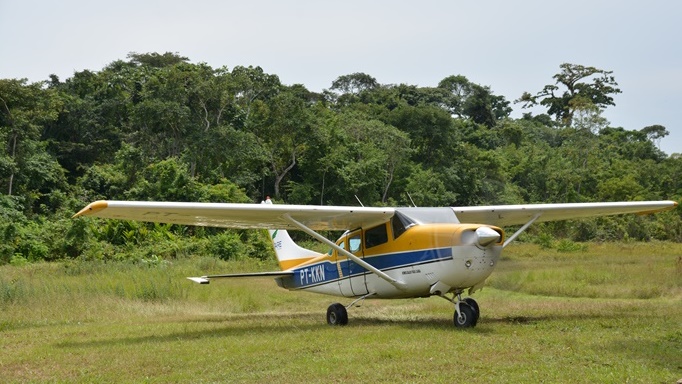
Gugliemo Damioli also says this:
«The jaguar, as it usually does, attacked Sorino by surprise, from behind. With a paw, he fractured his skull. On the spot, on the ground, pieces of bone and part of the brain mass were found by the natives. Despite the extreme severity of his wounds, Sorino did not lose consciousness; he managed to free himself, get up and use his bow like a spear to keep the jaguar at a distance, while he screamed for help. In a matter of minutes the jaguar fled, scarred by the shouts and the arrival of the natives armed with bows and arrows.”
Sorino’s brother-in-law, B. (we are not reporting his name, out of respect for Yanomami customs which no longer pronounce the name of a person who is dead), run to the small mission dispensary to seek help, and the nurse in-charge, Sister Felicita Muthoni, a Kenyan Consolata missionary, rushed to the scene of the accident to assess the situation and provide first aid.
Thus, the sister remembers those first moments:
«I saw Sorino on the ground, in a bloodbath, I remained petrified, frozen and trembling, not knowing what to do. I called his mother and asked for water; then I realized that the scalp was protruding and that Sorino was also bleeding a lot; there was a lot of sand, dirt and part of the brain had spilled out. I pushed the brain in and then took the scalp and put it back, but it kept bleeding; he was alive, but did not speak. Since I hadn’t brought anything with me, I took the only thing I had, the t-shirt I was wearing: I took it off and wrapped it around Sorino’s head, to compress and somewhat stop the bleeding.
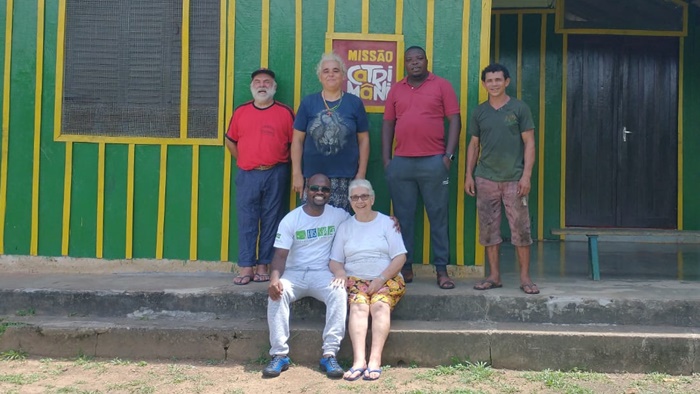
I then sent someone to look for the Toyota car in service of our mission. With Dona Creuza, our helper, we put him in a hammock and then placed him in the Toyota that had arrived in the meantime with Brother Antonio Costardi who was also in the mission. I sat with him in the back, holding his head and we headed to the small mission dispensary.”
Sister Felicita reports again:
«I looked at his hands, but the veins were no longer visible. I had some blood plasma and I inserted the needle in one foot, and a glucose drip with a strong analgesic on the other foot.”
Given the extremely dangerous situation, Sister Felicita asked that Sorino be transported to the hospital in Boa Vista, the capital of the state of Roraima. She managed to contact the CCPY (Pro Yanomami Commission) and a place was reserved for them on the small plane that serves the vast indigenous area, although she had to wait some time due to the many requests for help.
Meanwhile Sorino’s companions were opposing the suggestion to transfer the patient to Boa Vista. As is frequent in the rhetoric that accompanies situations of tension and concern, they also went so far as to utter threats; for them, in fact, it is inconceivable that a Yanomami would die outside his village, without being accompanied by relatives and a shaman. Sorino’s spirit was ready to make its journey. They shouted:
«No! Sorino will stay here! The shaman has already said that when the sun sets, he will enter the house of the spirits and ascend on high.”
In the end, they gave in to Sister Felicita’s request, but with a terrible threat: if their companion were to die in the city, far from the forest and among “the whites”, they would kill, with their arrows, the missionaries present at Catrimani.
While waiting for the plane to arrive, a boy brought a rolled up banana leaf, containing a fragment of bone from Sorino’s head, found at the site of the accident, and he formulated his “diagnosis”: «We saw clearly when Sorino arrived. We saw the brain, we saw the bone, we took it out and rolled it up and then we talked to the xapuri, the spirits of the forest: Sorino cannot live, because the brain has come out!».
Around 2.00 pm, with the arrival of the plane, Sorino is boarded, accompanied by the tuxaua (village elder) C. After about an hour’s flight, at Boa Vista airport, he is welcomed by Sister Rosa Aurea and Sister Lisadele who immediately transported him to the General Hospital.
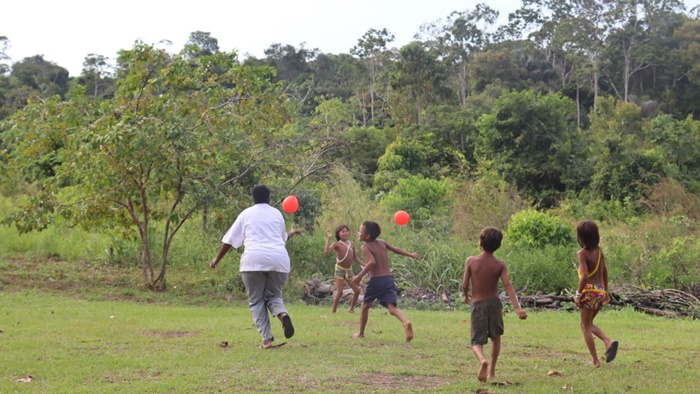
Dr. José Nunes da Rocha, a doctor who treated Sorino, remembers:
«Sorino’s situation was very serious and the patient was breathing with difficulty, he was exhaling miasma and we didn’t believe he would recover, because of the way he was infected, putrid and in a “noble” place like the brain, it would have caused encephalitis and meningitis. So, we didn’t really have much hope, but he had arrived alive and we had to take care of him, doing everything we could.”
Sorino therefore arrived at the Emergency Department of the General Hospital in a state of coma, in hypovolemic shock, with a large wound to the skull (loss of skin, bone, dura mater, extensive fronto-temporo-parietal lesion with loss of brain substance).
Under general anesthesia, the wound, contaminated with soil, bone fragments and coagulated blood was washed. The patient tolerated the procedure without problems, but due to significant tissue loss and high risk of infection, the wound was left open.
On the patient’s condition we have the testimony of Sister Florença Lindey, a nun who had worked at Catrimani and who knew Sorino and his family well:
When I returned to Boa Vista and the doctors learned that I had arrived, they called me to go to the hospital. Sorino had been hospitalized in intensive care, he did not speak and did not eat. When I entered the room, he was surprised to see me, wanted to hug me and talk. After a few days, he was discharged from intensive care and transferred to the infirmary. He was getting better and better, especially his mood, when someone he knew was with him.
At some point during his hospitalization, a second surgery had to be performed, but he was against it. It wasn’t easy to convince him, he was very determined, he had a strong character. I spoke to the doctors and they allowed me to accompany him to the operating room; they explained to him and assured him that he would feel no pain; therefore, he agreed to undergo the surgery. I was in the room the entire time of the surgery. When he was discharged from the surgery department, he was still hospitalized and I always stayed with him, until he was transferred to the indigenous nursing home, Hekura Yano, for convalescence.
From the Diary of the Catrimani mission, we know that Sorino returned to his village on 8 May, welcomed by the amazement and joy of his family, the missionaries and the members of his community: he was almost completely healed, but with the obligation to be followed by the Catrimani dispensary, appearing every 15-20 days for checks and medications.
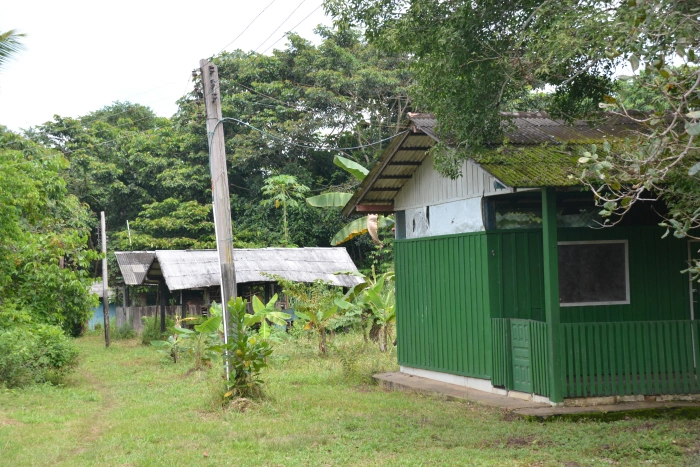
On the plane that took him home, there was also Sister Lisadele, who notes:
«Sorino was returning to Catrimani for the first time… I saw his joy at returning. Every maloca was waiting for him, it was very beautiful. The wound was still half open, so I had the opportunity to apply dressings; I washed it with hydrogen peroxide, cleaned it with gauze and then put my hat on his head, but only to protect him from the sun.”
Thus, Sorino resumed his normal life as a “forest inhabitant” in his activities as a hunter, fisherman, farmer, although weaker due to the ailments of advancing age, the anemia caused by malaria (endemic in those places) …while his health conditions, beyond all expectations, even now remains good and without any negative consequences from the accident.
This is how he describes himself during the diocesan inquiry (2021):
«When I returned from the hospital, I was doing as the other Yanomami did: I worked, I cultivated the fields, only now I can’t work anymore, because I’m old. I only work early in the morning, and when the sun gets high, I go home. But I feel good.”
The testimony of Dr. Roberta Barbaro is interesting:
«On 4 March 2019 (therefore, 23 years after the attack of the jaguar), I went to the Catrimani mission, I met Sorino Yanomami, and had the opportunity to observe him in his daily life. Sorino provided a detailed account of the accident which occurred in 1996. He reported leading a normal life, continuing to carry out his hunting and fishing activities, without problems.”
And she concludes: «The patient now presents complete functional recovery and without any after-effects, lasting over time, which in light of the extensive brain lesions reported following the trauma with loss of substance, is scientifically inexplicable».
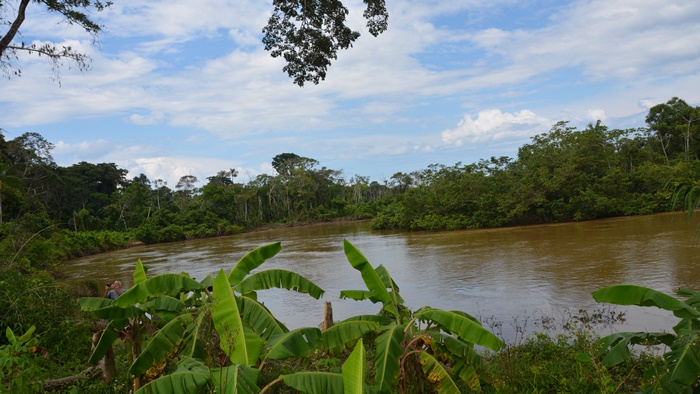
The “human and health” story of the indigenous Sorino Yanomami has as its backdrop an intense movement of faith and invocation, above all by the missionary nuns, who assisted and accompanied him throughout the course of his illness and recovery.
A “coincidence”: the day of the accident in the forest was also the first day of the novena, in preparation for the feast of the Founder of the Consolata missionaries, which falls on February 16th. From this, the nuns were inspired to entrust Sorino to the intercession of Blessed Joseph Allamano.
From 7 to 16 February 1996, and also in the following months, both at the Catrimani mission and in the Regional House of the missionaries in Boa Vista, the invocation was intensified, expressed in humble gestures, such as the candle lit all the time of the novena or, immediately after the operation, the furtive action of Sister Maria Da Silva Ferreira of inserting a relic of the Founder under Sorino’s mat.
An example of the intense prayer on the part of the nuns of Roraima is that of Sister Felicita Muthoni, in the Catrimani mission, after leaving Sorino for the city hospital:
«Oh, my God, today we begin the novena of our Founder. I said: You have established your own missionaries for non-Christians. For these people, I will ask you one thing: that Sorino can heal completely (because, if he heals and remains crippled, he cannot live in the forest). May he recover completely, to be able to hunt, cultivate, fish… he can heal, if you intervene!”.
From that moment on, Sorino Yanomami’s healing journey began and, despite the unfortunate prognosis, “he recovered completely, to be able to hunt, cultivate and fish”, as Sister Felicita Muthoni had asked the Founder.
By Postulation
Rome, 20 July 2024


